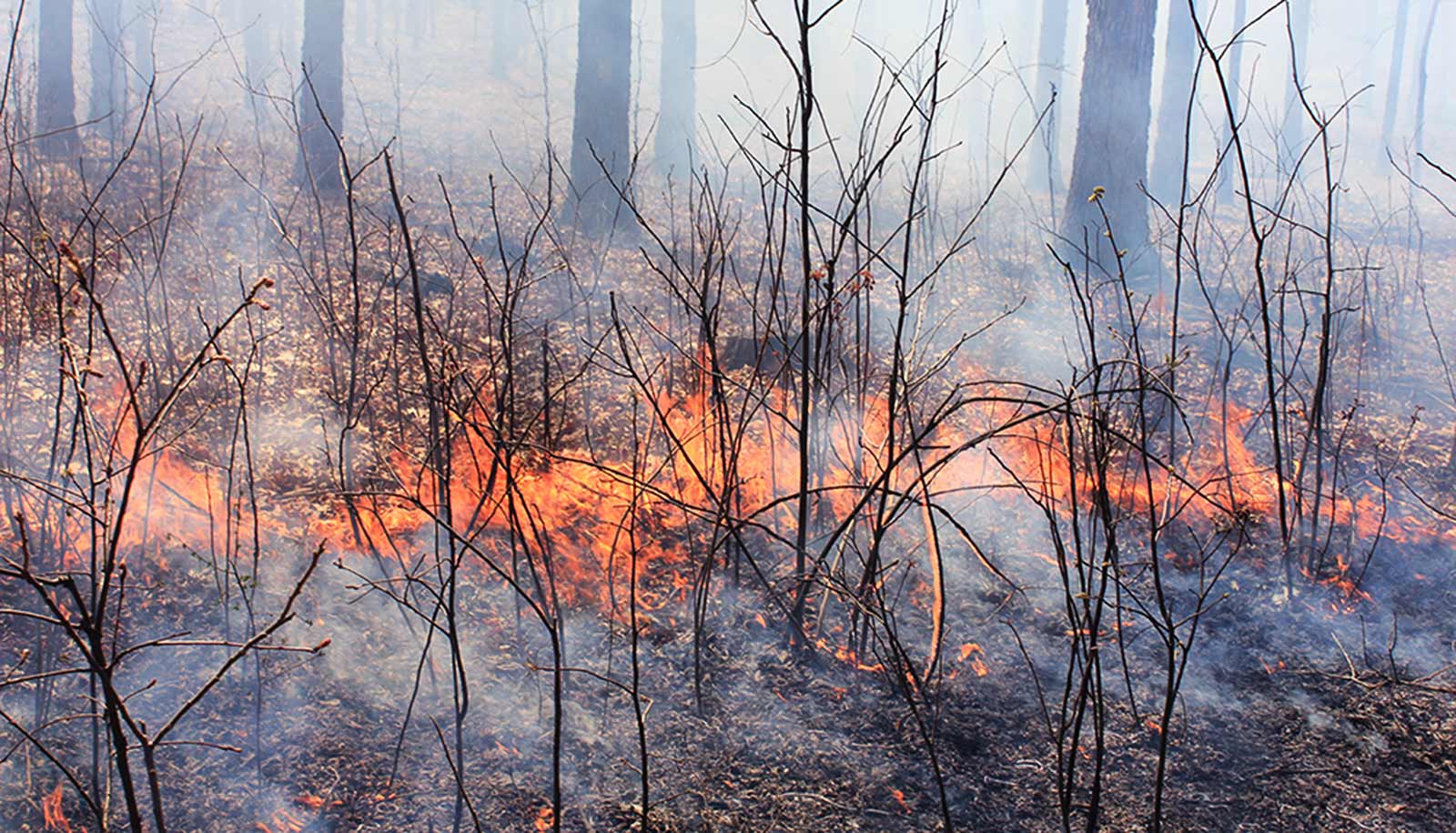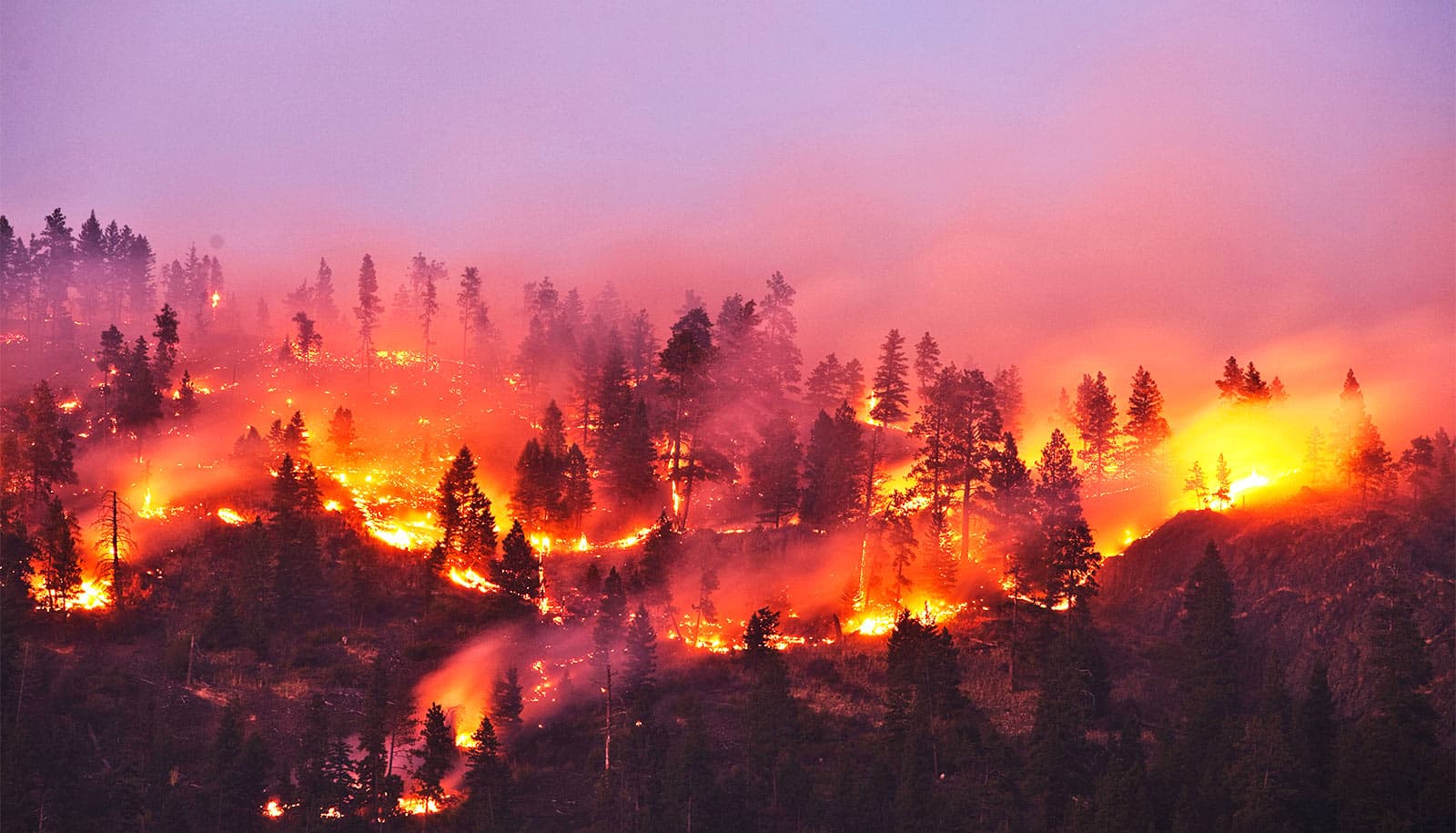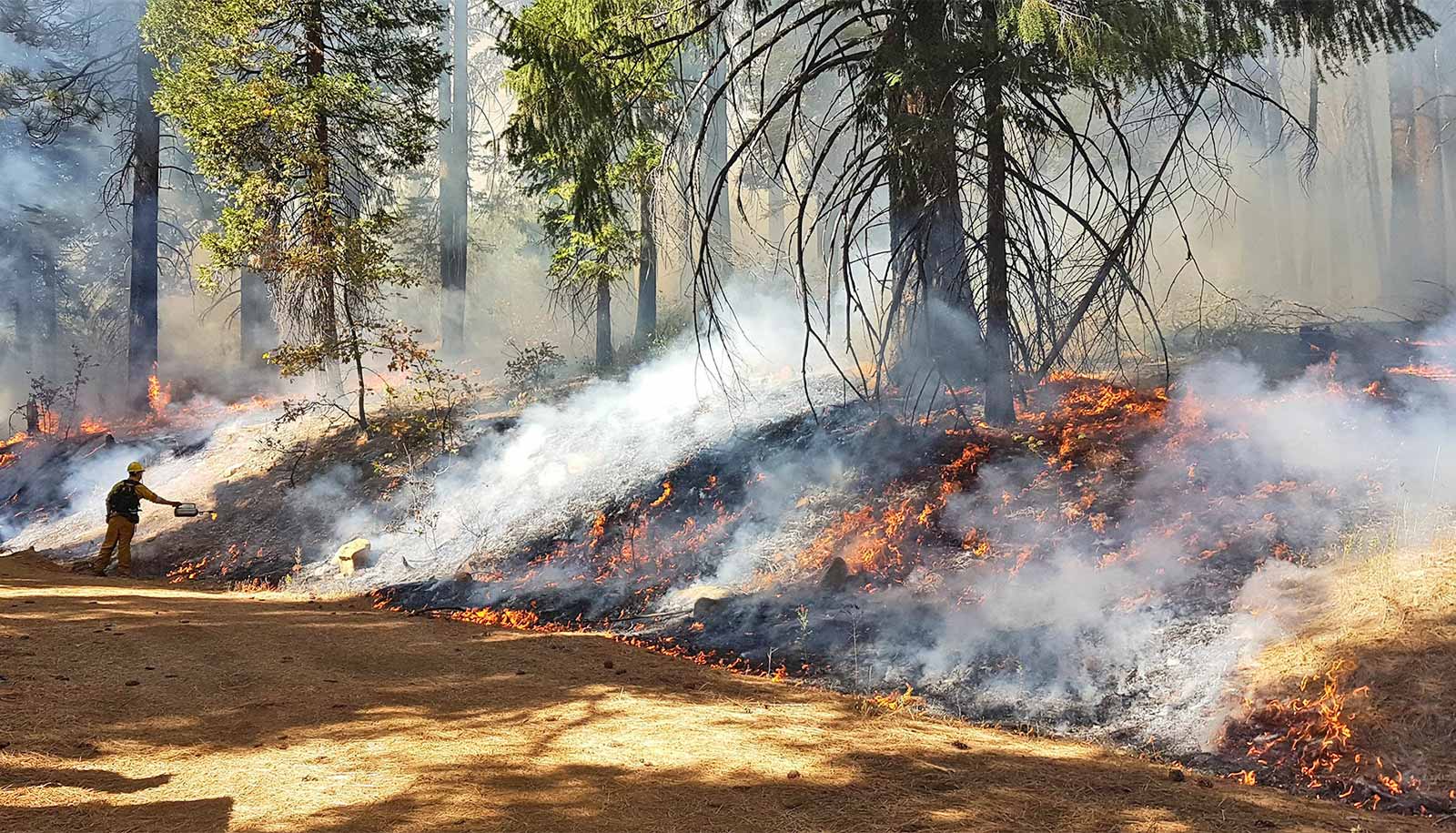Scientists have examined the effects of burning forests at different intervals over a 68-year period in order to determine how fire alters forest landscapes over time.
While researchers and land managers have come to understand the beneficial effects of controlled forest fires over recent decades, questions regarding how frequently to use forest fires remain.
Researchers have studied forests subjected to different frequencies of fires to determine what effects fire can have on oak forests over long periods of time. They found that the frequency of prescribed forest fires should be determined based on the long-term goals of land managers.
Benjamin Knapp, an assistant professor in the forestry department at the University of Missouri College of Agriculture, Food, and Natural Resources, examined forest fire data collected since 1949 from the University Forest Conservation Area in southeast Missouri.
Throughout the course of the study, three areas of forest were subjected to varying frequencies of prescribed forest fires. One area has been burned every year since 1949, the second area has been burned every four years, and the final area has never been burned.
Knapp found that in the areas that were burned regularly (every one or four years), small trees up to 12 cm in diameter died, resulting in open woodland ecosystems that are easy to walk through and include a diversity of small, herbaceous plants.
Why forest managers want to set fires but can’t
In the area that was burned annually, small trees and brush were eliminated, leaving tall canopy trees with wide spaces between them. In the area that was burned every four years, small trees re-sprouted and persisted but did not grow into the canopy.
This created tall canopy trees with a slightly more closed structure due to regrown brush. Finally, the area that never experienced fire was dense with vegetation and abundant underbrush. Knapp says these different resulting forest structures show the need for land managers to carefully plan how they burn their forests.
“The open structure with tall canopy trees and herbaceous plants on the forest floor may be desirable for recreational spaces or certain wildlife habitats, in which case it would make sense for land managers to burn their forests more frequently,” Knapp says.
Extreme forest fire in 2013 altered Yosemite
“However, frequent burning without fire-free periods can prevent forest regeneration from becoming canopy trees, so land managers should be strategic in their use of fire,” he adds. “In addition, fire can scar trees and potentially reduce their timber value, so land managers who hope to maximize timber value may want to refrain from the frequent use of fire.”
Knapp says fire effects on forest ecosystems are complex and vary with many factors, so further research is necessary to better understand how much burning is necessary for various forest goals.
The study appears in Forest Ecology and Management.
Source: University of Missouri



